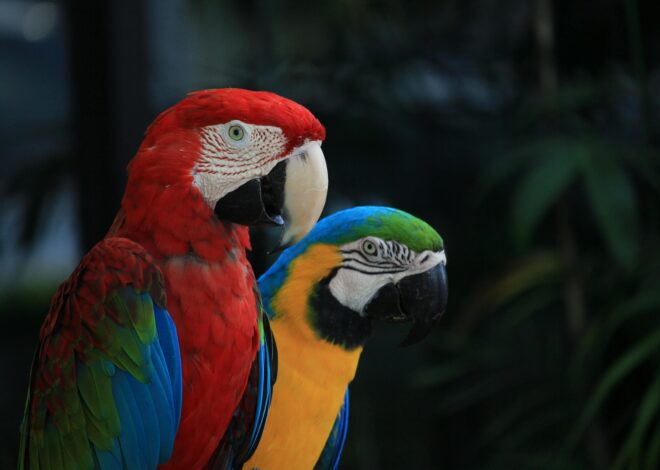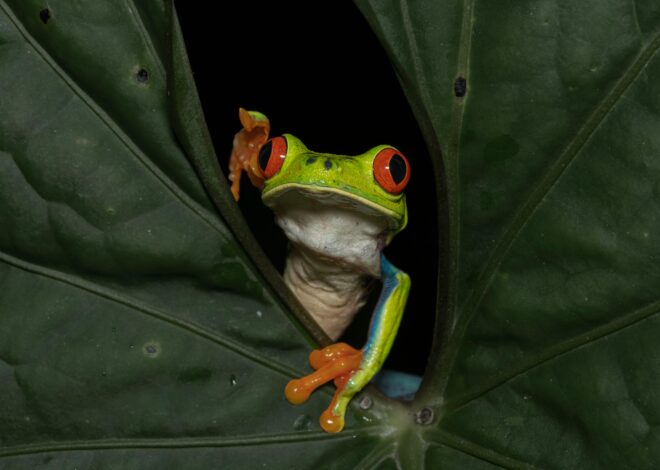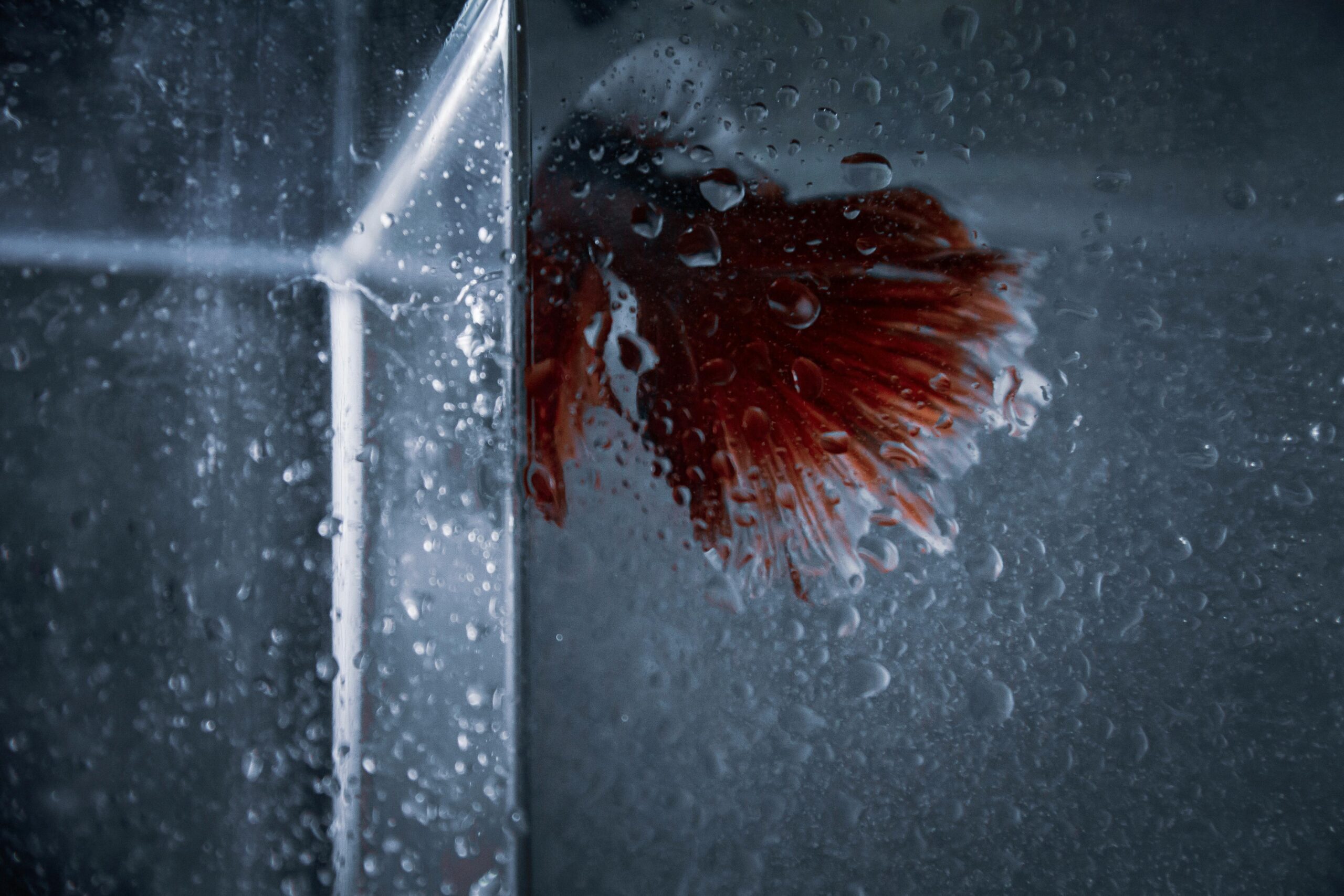
Betta Tank Mates: Choosing Safe Companions for Bettas
Betta Tank Mates: Creating a Peaceful Community Aquarium
Table of Contents
- 1 Betta Tank Mates: Creating a Peaceful Community Aquarium
- 2 Understanding Betta Behavior: Key to Compatibility
- 3 Building a Harmonious Betta Tank: A Setup Guide
- 4 Introducing New Fish: Quarantine & Acclimation
- 5 Best Betta Tank Mates: Compatible Companions
- 6 Fish to Avoid: Incompatible Betta Tank Mates
- 7 Multi-Species Tank Maintenance: Ensuring Harmony
- 8 Troubleshooting: Addressing Tank Mate Issues
- 9 Betta Tank Mates: Key Considerations & Final Thoughts
Betta fish, with their vibrant colors and flowing fins, are a sight to behold. Their unique beauty and intriguing behavior make them a top choice for many aquarists.
On the other hand, these bettas happen to be territorial. This can make you progress through finding proper tank mates that could peacefully coexist with a betta fish, which is quite painstaking.
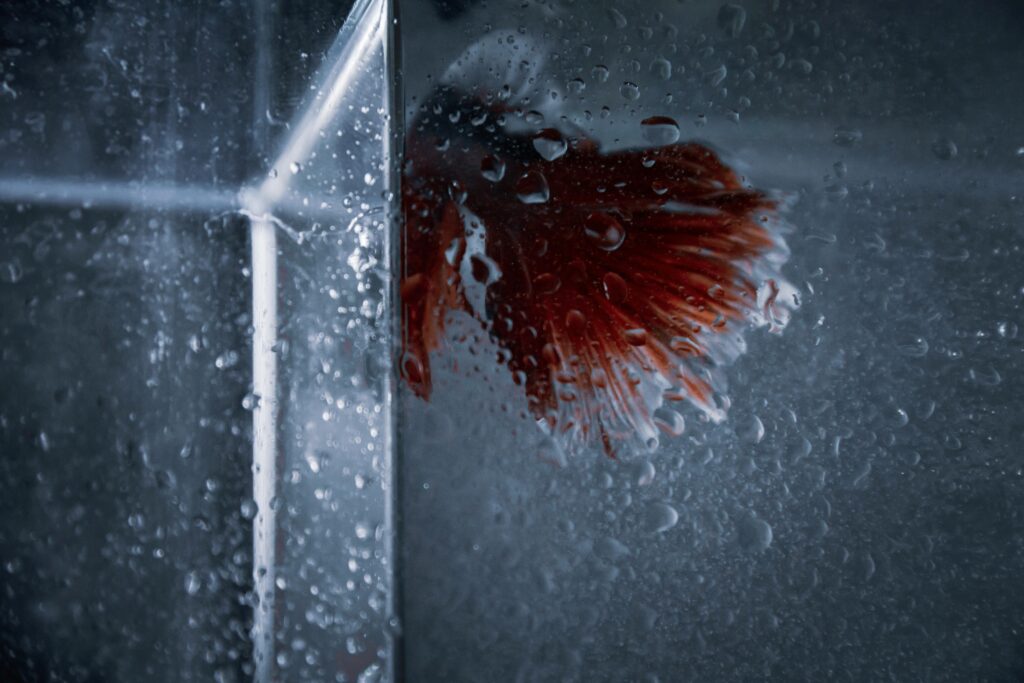
This guide will be useful for betta fish owners who are trying to overcome these hurdles. It constitutes a complete guide on the best and most compatible tank mates for betta fish.
We will be dealing with several different species, ranging from passive fish to invertebrates and other aquatic animals. Each will be assessed against the demands and behavior of a betta.
We will answer all commonly asked questions and concerns about betta fish sharing an aquarium. This will cover the Betta’s territorial nature, suitable water conditions, and feeding needs.
By the end of this guide, you will be conversant with creating a temperamentally balanced and healthy habitat for your Betta and its tankmates.
Bear in mind that any betta fish are unique. What one does so smoothly, another does so poorly. However, one can find the most appropriate companions for a betta fish with some forethought and careful monitoring.
Survey other possible tankmates, from peaceful fish to invertebrates and other aquatic creatures. Each fish is evaluated according to its compatibility with the needs and behavior of a betta.
Understanding Betta Behavior: Key to Compatibility
Understanding the behavior of betta fish in the aquarium is crucial for creating a peaceful environment. These creatures have complex personalities and specific needs that must be met for their well-being.
Different betta fish exhibit unique temperament characteristics. While some may be aggressive and territorial, others might be more docile. This quality of individual differences makes observing and understanding one’s Betta very critical.
Betta fish have a labyrinth organ and thus can breathe air from the surface. This organ helps in environments with less oxygen in the water and thus affects tank design and requirements.
Bettas like warmer temperatures between 76 and 81 degrees Fahrenheit (24 and 27 degrees Celsius), which must be maintained for their health, well-being, activity, and behavior.
When taking care of your betta fish, close observation can enhance the longevity and quality of an individual. A well-cared- Betta can live for 3-5 years, providing a lifetime company.
Understanding these needs and behaviors is the first step in ensuring your Betta fish has a long and happy life and lays the groundwork for the best possible tank mates.
Betta Territoriality: Managing Aggression
Bettas are famous for their territorial nature and, at times, aggression, especially among the males. Any male betta that swims into their territory is liable to be fought because of the threat they represent.
This behavior may extend to any other fish they share an aquarium with. So, when selecting tank mates, be selective to avoid stressful interactions.
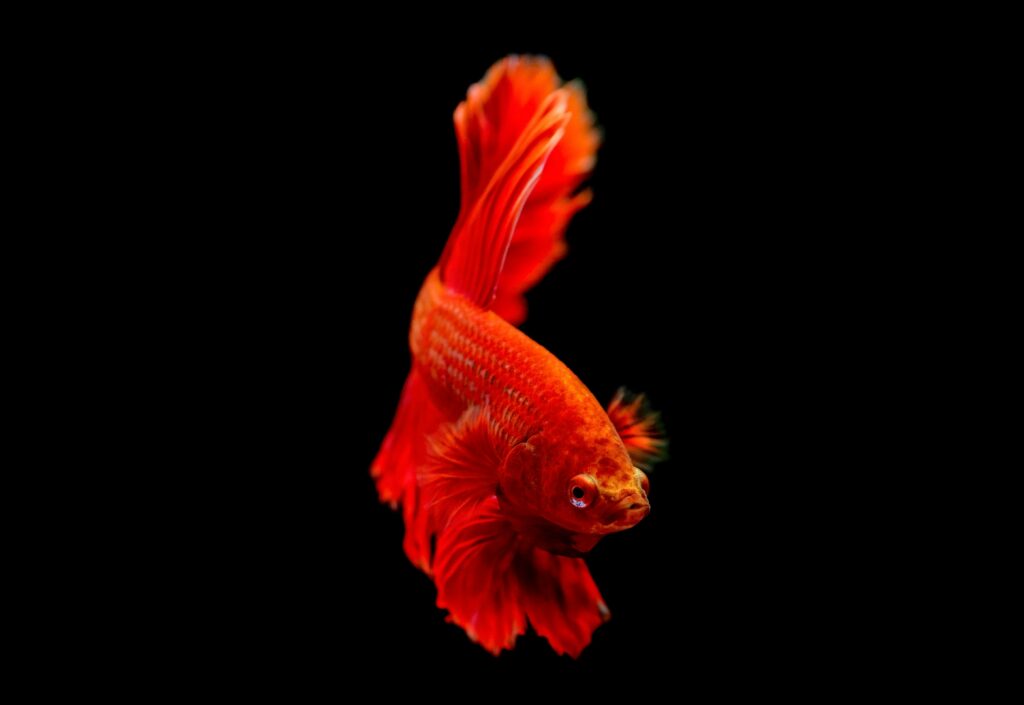
Female bettas are not as aggressive as males. Given proper supervision, they tend to coexist peacefully with others in groups called “sororities.”
Ideal Water Conditions: Ensuring Betta Comfort
Betta fish are accustomed to just certain water conditions that normally resemble their natural home. The temperature of the water should be just warm enough: anywhere between 76 to 81 degrees Fahrenheit (24 and 27 degrees Celsius).
The aquarium’s pH should be maintained between 6.5 and 7.5. The stability of both temperature and pH is critical in preventing stress and disease.
Good filtration and regular water changes are important, as this helps keep the quality of water high. Of course, this is also very important for the health of your bettas and tank mates.
Betta Dietary Needs: Matching Tank Mate Requirements
Due to their diet, Betta fishes need increased protein. They can be fed pellets, frozen, or live food in captivity. Always ensure that your Betta is fed proper food to sustain their health. As a responsible fish owner, you can use a Yumove discount code to spot high-quality food from reputable brands. A varied and nutritious diet can ensure their health, vibrancy, and immune system functioning to support their growth and development. Overfeeding can lead to health complications.

Regularly monitoring their diet will help keep your betta fish active and fast enough to be friendly with its surroundings and potential tank mates.
Building a Harmonious Betta Tank: A Setup Guide
Creating a harmonious aquarium for your betta fish is more than just about tank decorations. It’s about designing an environment that promotes the peaceful coexistence of all its inhabitants.
The tank should closely mimic what a betta needs: the presence of its most compatible creatures. Consider everything from water quality to tank shape and layout.
A wise tank setup adds joy and lowers stress for every inhabitant. The appropriate layout will help minimize stress by providing space and areas to hide.
Harmonizing also entails ensuring the right mates in the tank. Limit the introduction to peaceful species so that no aggressive dispute arises.
Harmony cares for a harmonized tank through continued observation. Attention to aquarium activity enables quick intervention should a problem arise.
Tank Size & Setup: Creating Adequate Space
The tank’s size will be critical to the health and happiness of your betta fish. To meet basic space requirements, a single betta should have a minimum of 5 gallons.
More space for a larger aquarium means more creative decoration and better territory separation. More room also allows for additional tank mates without overcrowding.
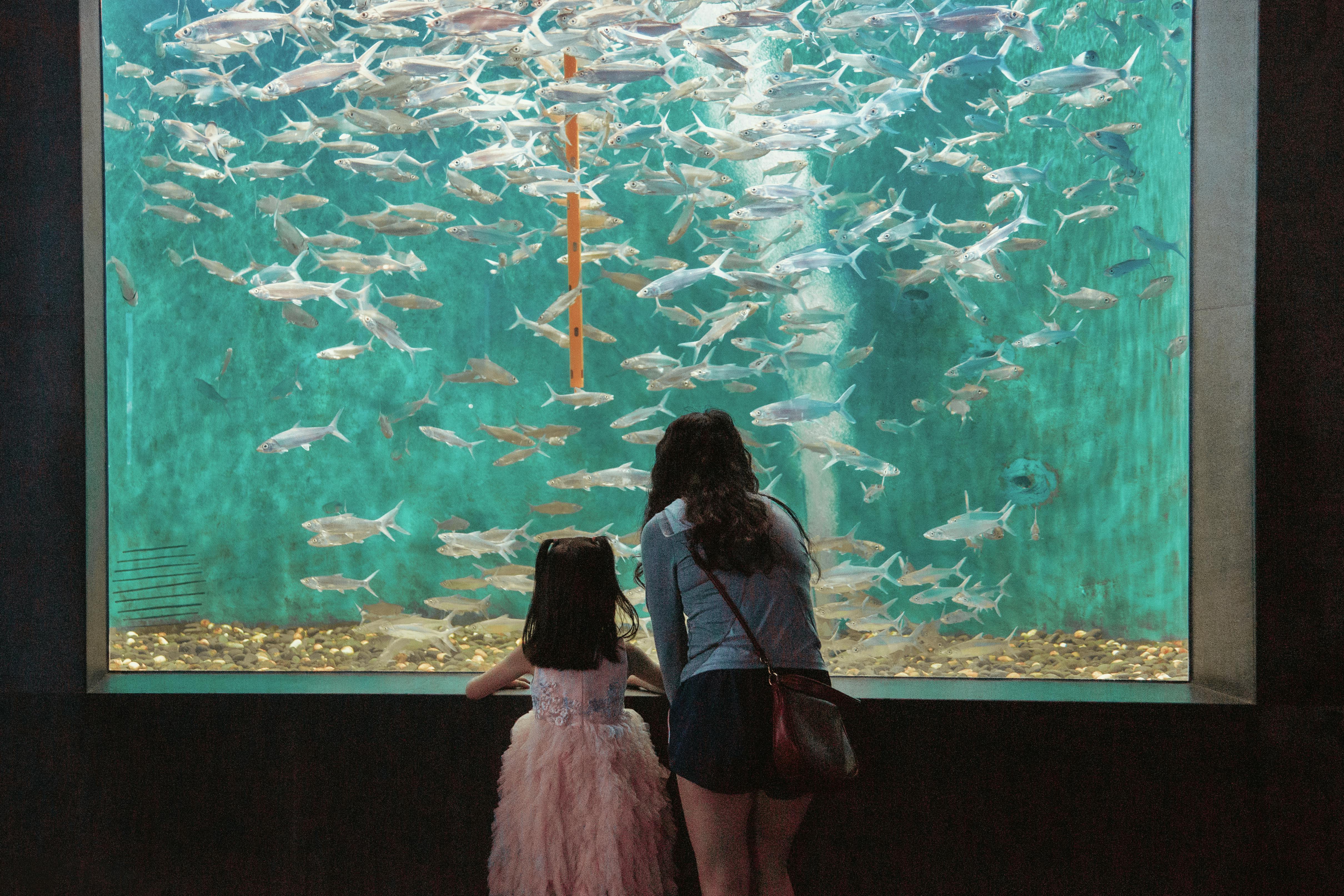
While creating the setup, avoid sharp decorations that could harm the bettas’ fins. Silk or live plants would be preferable to plastic, which would only injure.
Hiding Spots & Plants: Providing Shelter & Security
Hiding spots and plants are very important features of any betta tank. They provide security and comfort and help to ease fish stress.
Plants are good because they beautify living arrangements and enhance tank quality. In addition, they provide great hiding places for shy or startled tank mates.
Creating layers with plants of varied heights and decor adds a sense of the natural environment. This structure provides the necessary cover for all the aquarium’s inhabitants.
Introducing New Fish: Quarantine & Acclimation
The proper QT of introduced tank mates takes patience and foresightedness. Quarantining them reduces the chances of any disease spreading into established community fish.
New tank mates should be gradually acclimated to the tank water conditions. This will minimize stress and make social integration easier.
It is important to watch behavior closely for the first few days. Having that other tank standing by can maintain a peaceful aquarium by allowing divisions as needed.
Best Betta Tank Mates: Compatible Companions
Choosing the best betta fish tank mates is important to maintaining a harmonious aquarium. Because of their territorial instincts, not all fish are compatible with bettas.
When choosing companions, look for relatively peaceful, small, and non-aggressive fish. Such traits tend to diminish any chances of concern in the tank.
You should match your Betta’s tank mates with similar water requirements and dietary needs. Doing so makes tank maintenance much easier, as your Betta will not require a different diet, making it easier to avoid future conflicts.
Also, bear in mind your Betta’s temperament. Some bettas are more tolerant, while others require isolation even when they meet compatibility standards.
Introducing tank mates early in a betta’s life sometimes fosters tolerance. Early exposure may foster a tendency to be more accepting of their fellows.
Having a backup plan in case things don’t pan out can be a good idea. Make sure a separate tank is available so that you do not introduce stress on any fish if separation becomes necessary.
Peaceful Fish: Ideal Betta Partners
Several species of fish, depending on the environment, will run peacefully with bettas. Corydoras catfish are an example; they’re bottom dwellers known for their peacefulness.
Harlequin rasboras are yet another safe choice because they are schooling fish. They usually swim in schools and add fun to a community tank.
Neon tetras or ember tetras, famous for their rich colors, also fit well. Their small size and non-aggressive tempers ensure they won’t get in the way of your bettas.
These species keep a similar temperature and pH range, as does the Betta, so maintenance in the tank is generally straightforward with the right setting.
Invertebrates: Safe & Interesting Tank Mates
Invertebrates can be good new additions to your Betta tank. Snails like Nerite and Mystery Snails are a prime choice because they clean algae.
Snails help keep the tank clean without bothering your Betta. Bettas usually ignore them, making them safe companions.
Shrimps such as Ghost or Cherry shrimp can also be considered. They are scavengers that clean up after the waste, although they might become an easy meal.
It’s important to ensure that invertebrates have enough hiding spots. Make the hiding spots disappear, prompting any fish-associated predatory curiosity.
Unique Options: Frogs & Other Aquatic Friends
African dwarf frogs are unique but peaceful additions to Betta tanks. Their social behavior can blanket the aquarium with variety and excitement.
Because their water requirements are similar to those of Bettas, these ultra-fishy creatures will do fine down together. But food must be regulated.
Another unique species is the Kuhli loach. Because they hide at night and dwell on the bottom, their contact with the Bettas is minimal, thus avoiding conflict.
Having a wide choice of companions creates a vivacious community in the tank, which makes the entire observation experience fascinating.
Fish to Avoid: Incompatible Betta Tank Mates
You should be familiar with the fish species you must avoid while setting up a tank for your Betta. Some types can stress out or harm the Betta due to their aggressive personalities or unsuitable behavioral tendencies.
Fin-nippers. This type of fish may damage the Betta quite a bit. They include barbs and some species of tetra.
Do not include fish that are paddle-shaped or have colors comparable to those of the Betta. Such resemblance would incite the protective nature of the Betta, and aggression could result.
Fish to Watch Out For: Potential Aggressors
- Barbs (Tiger Barbs)
- Larger Gouramis
- Cichlids
- SomeTetras (e.g., Serpae Tetras)
- Any of the aggressive species
In the end, ensuring compatibility in a mixed-stock tank keeps all its inhabitants safe and sane.
Identifying Aggressive Fish: Preventing Conflict
In any aquarium, recognizing the potential aggressors beforehand is of utmost importance, while chasing or less tank activity can also be a sign of a red flag.
Some cichlids, including more territorial species, don’t budge regarding confrontation: these fishes establish and defend specific areas, hence conflict with bettas.
Observing for a while can give an idea about aggressive tendencies before introducing them into the tank. Monitoring the interactions of fish within the confines of an aquarium reduces the risk of bettas.
Why Certain Fish Don’t Mix: Understanding Incompatibility
Various reasons render some fish incompatible with bettas due to differences in requirements and temperament. Cold-water fishes will not do well in the warm ones bettas prefer.
Sometimes, the predator-prey dynamic just doesn’t work, and it could easily put your Betta or other fish in danger.
Finally, some fish are constantly on the go and many times much larger than the Betta; their frenetic energy can stress out your other lover, and health issues will result from such stress and degradation in the quality of life in an aquarium.
Multi-Species Tank Maintenance: Ensuring Harmony
Monitoring should be consistent in any multi-species system. An experienced aquarist will keep his eye on the aquarium’s inhabitants and, if lucky, prevent the initial conflicts.
Regular checks of fish for signs of stress-such as too much hiding or no appetite- will help to catch possible problems early on.
Ensure the cooperation of other species by carefully understanding how each behaves. Track down any aggressiveness among them and adjust the tank environment, if need be, to keep the peace.
Hearing the silence of a stable tank speaks volumes, as it’s healthy and has never seen splashy flamboyance or frantic movements.
Keeping records of equipment, observations, diseases, and water tests can reveal patterns in problem-solving. Over time, this knowledge supports proactive steps that help everybody thrive in a tank.
Routine Monitoring: Keeping a Close Eye
For an aquarium to thrive, several regular observations must cover health checks. Closely monitor your Betta and its companions, looking for changes in both form and behavior.
These include visible signs of stress or sickness- sickness, such as a torn fin or a color change. The sooner you can spot it, the easier it becomes to remedy.
Feeding observations for each fish will ensure adequate nutrition. A varied and balanced diet leads to overall good health.
Water Quality: Maintaining a Healthy Environment
Good water quality is the cornerstone of a healthy aquarium. Testing at least once weekly for pH, ammonia, nitrites, and nitrates is a routine necessity.
Weekly water changes are necessary to eliminate waste and pollutants, keeping the environment as fresh and clean as possible. Clean the substrate and decorations to minimize algae buildup.
Filtration systems must be functional and clean to maintain clear water quality. Filters must operate correctly and may require cleaning to ensure fish health.
Troubleshooting: Addressing Tank Mate Issues
Wherever one encounters problems, swift action will help to prevent snowballing. The primary step is scrutinizing the fish for abnormal behavior and other physical symptoms.
If aggression is detected, temporarily isolate aggressive fish with a tank divider. You can then judge compatibilities with little danger of damage occurring.
Sick fish must be quitted from the community since sick community fish will spread disease into the tank at this time. Consulting with experts or allied aquarists will provide thorough information about effective treatment.
Adjustments to tank conditions or fish combinations may be made to restore some balance within the tank. Tailoring solutions to specific problems has ensured good peace among all.
A common question scratching the back of pet owners is the question of their community tank. Compatibility is the key to a peaceful aquarium.
Betta & Other Fish: Can They Coexist?
Yes, bettas can stay in the same tank with other fish. Choose a peaceful species that will eventually prevent aggression.
Tank Mate Numbers: How Many Fish?
Most fish keystones with the Betta will depend on the size of your tank, like a betta fish in a 10-gallon tank with a few members.
Betta Aggression: Will They Kill Tank Mates?
Aggressive behavior towards other fish is possible but not always the case. Observe the tank mates, especially when you introduce new ones.
Introducing New Fish: A Step-by-Step Guide
Always introduce your new fish gradually. Use a quarantine period and gradually acclimate new fish to the main tank.
Betta & Goldfish: Can They Live Together?
No, goldfish will not be acceptable tank mates. They have sweet and sour water with varying needs, and the differences may stress out both the fish.
Betta Tank Mates: Key Considerations & Final Thoughts
If done correctly, a peaceful aquarium with a betta fish can be created. Choosing the right tank mates is great for the environment and promotes the aquarium’s dynamism.
Always put the health and happiness of all your tank dwellers above all else. You must monitor what is happening in your tank and select your mates wisely. With care and consideration, your Betta and its tank mates will live happily ever after and provide you with a magnificent aquatic display in your home.
